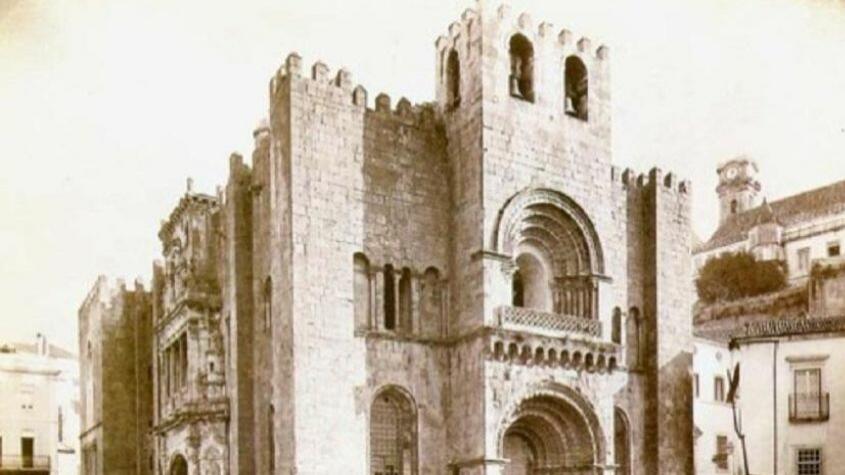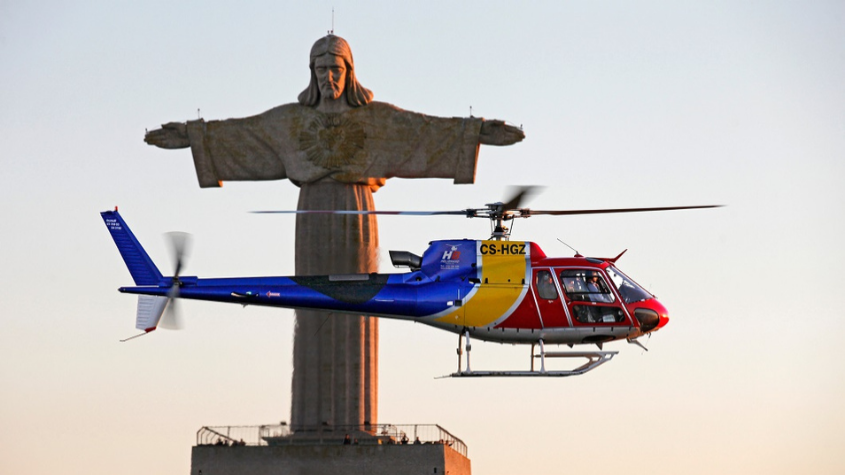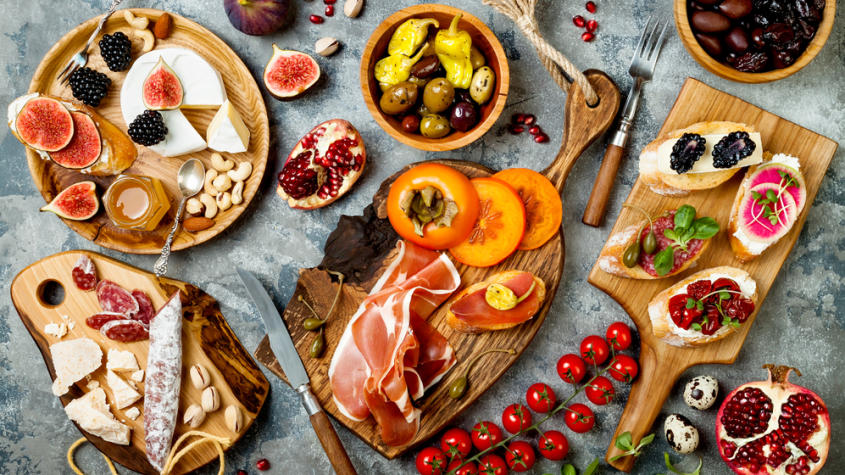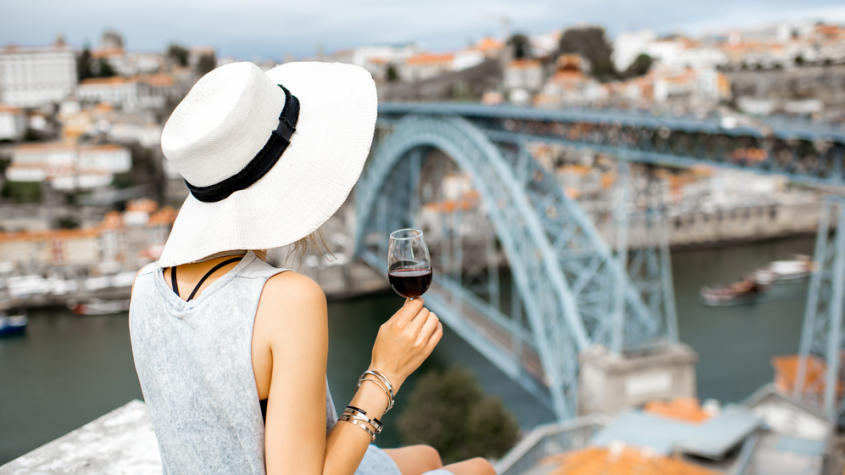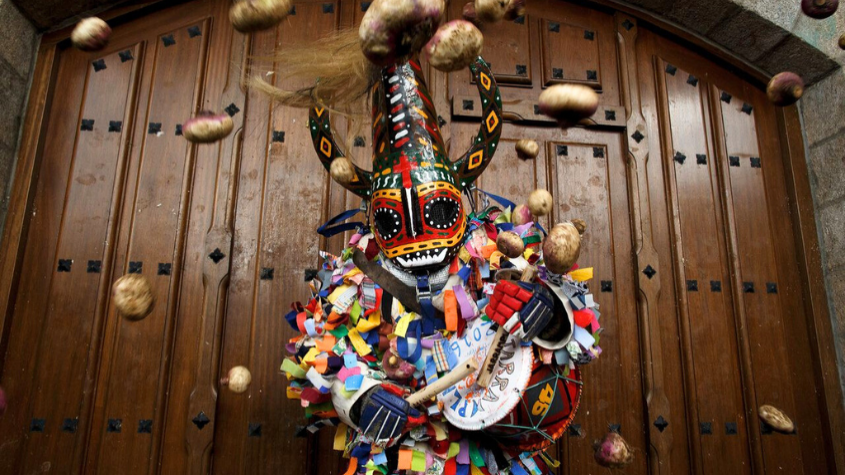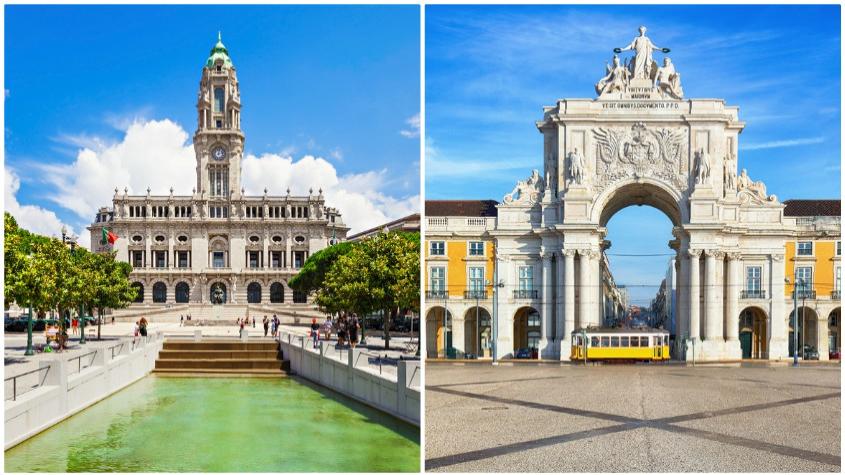
Porto vs. Lisbon: differences explained
Lisbon and Porto are the two most populous, developed and famous cities in Portugal. Dispensing presentations, Lisbon and Porto are two destinations filled with traditions, stories, unique beauties, energy and lots of movement.
For those who have not visited any of the cities or know little of them, there are questions that hang in the air. What are the differences between the two cities? Find out everything about Capital and Invicta!
Porto vs. Lisbon
Nickname: Tripeiro (Tripe Eaters) Vs. Alfacinha (Little Lettuces)
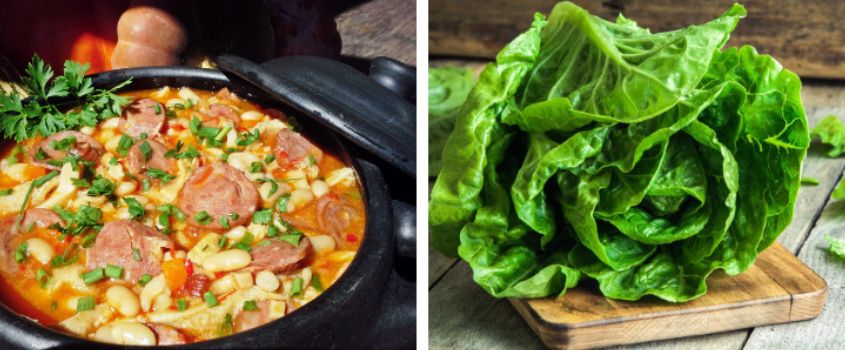
The inhabitants of the city of Porto are widely known as "tripeiros". We have already explained the history of the dish Tripas à Moda do Porto, but the truth is that this signature comes from this famous dish from Porto, made from animal guts, meats, and white beans.
The Lisboetas, the locals of Lisbon, are recognized as "alfacinhas" (the little lettuces). There are several theories, and although there is no unanimity in this term, we explain it briefly. Some believe that the name began during the battles with the Moors who were in Lisbon when the population had only lettuces to eat. Others prefer the version that it all boils down to the innumerable gardens surrounding Lisbon and the lettuce vendors who used to shout in the streets of the city.
Rivers: Douro vs. Tagus
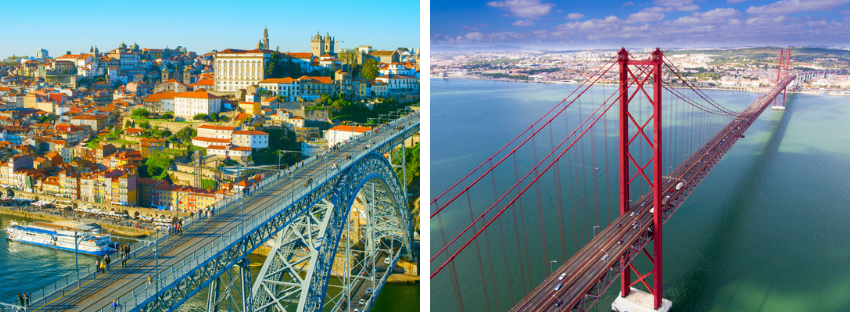
In the city of Porto, we find the famous Douro River, which is born in Spain and has its end in Porto and Gaia. In this river sail the beautiful Rabelo boats, which carried the kites of Port, produced in Alto Douro Vinhateiro, to be stored in the Porto Wine Cellars. Nowadays, these boats are used for tourism purposes, to sail between Porto and the Douro Valley region - one of the most beautiful wine regions in the world.
The Tagus River, the largest river in the Iberian Peninsula, is also born in Spain and flows into the Atlantic Ocean. It was from the Tagus that the glorious Age of Portuguese Discoveries began. From there the ships and the navigators departed in search of the new worlds. Because of its importance and honor, the Tagus serves as inspiration for great Lisbon writers.
Gastronomy: Francesinha vs. Codfish
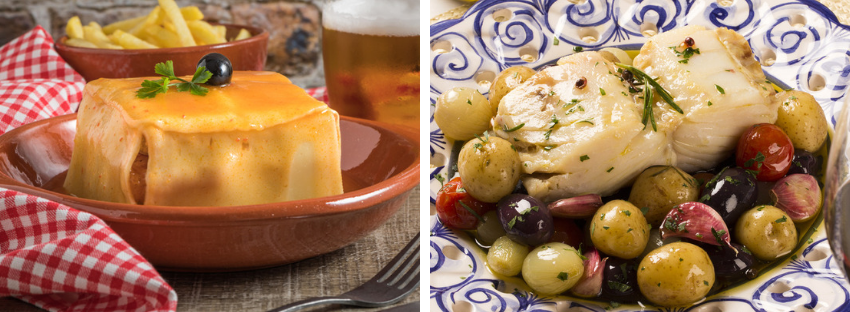
For a Portuense (a local of Porto), it is almost criminal to visit the city of Porto and not eat a Francesinha. This famous sandwich already runs the mouths of the world and creates not only many curious but also many fans. This dish originates from the city and one of the great proud of the inhabitants of Porto. To understand why you will have to taste... and try to finish it, since the Francesinhas served in Porto are very big!
Cod is another very traditional dish in Portuguese cuisine. It is said that there are more than 1001 recipes for cooking cod and Lisbon has very own culinary formulas. Between Bacalhau à Brás, the small Pastéis de Bacalhau (Cod Cakes) and many other recipes, all these prove that codfish is king in Portuguese cuisine. So good, that a string of olive oil is enough over a simple plate of Baked Cod to make the delights of "alfacinhas"!
Histocial Areas: Ribeira vs. Alfama
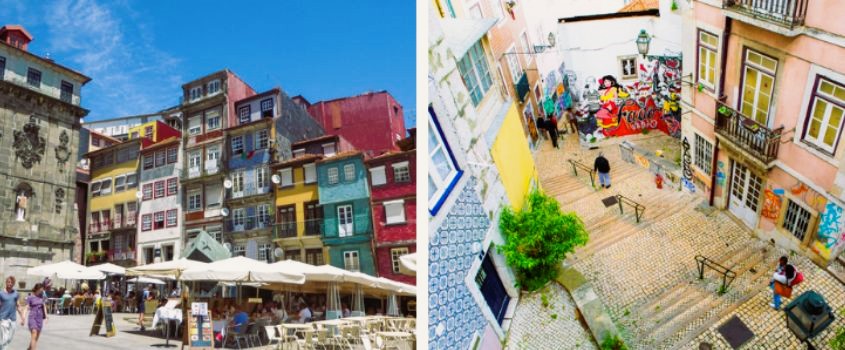
Ribeira is located on the banks of the Douro River and is part of the Historic Center of Porto, classified as a UNESCO World Heritage Site. On a wide avenue, you will find numerous bars, cafes and restaurants, shops and hundreds of locals and tourists that give life and constant animation to the Ribeira area. With absolutely beautiful views over Porto, you will see the Rabelo boats gliding through the waters of the Douro.
In Lisbon, the mythical zone of Alfama has a lot of beauty, as of tradition and nostalgia. It is the oldest neighborhood in the capital of Lisbon, and in Alfama can find the Cathedral and the best viewpoints on the city. It was in these narrow streets that Fado was born! Alfama has very peculiar features, becoming almost a "historic village" within the city of Lisbon, by the history and the inhabitants that characterize it.
Top places to see around
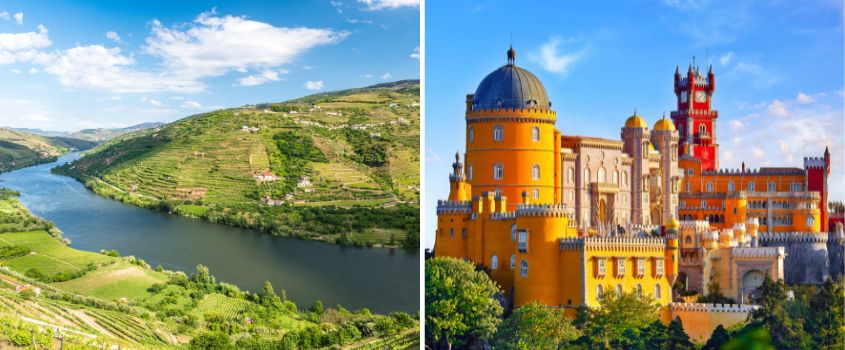
The main regions around Porto include: Douro, considered a UNESCO World Heritage Site and famous for its stunning scenery, wineries and Port wine production; Braga, one of Portugal's oldest cities, often referred to as the "Portuguese Rome" due to its numerous churches and religious influence; Guimarães, also declared a UNESCO World Heritage Site, is called the "Cradle of Portugal" as it is considered the birthplace of the Portuguese nation; and Barcelos, known for its traditional handicrafts, especially the famous "Galo de Barcelos", a national symbol of Portugal.
In relation to Lisbon, we have Sintra, a charming town located to the west of the capital, known for its fairytale palaces, beautiful scenery and romantic atmosphere; Cascais and Estoril, located on the west coast of Lisbon, are popular beach and leisure destinations, offering seafront restaurants, shops and a lively nightlife; Sesimbra, a fishing village that has become a beach and gastronomic destination, famous for its quiet beaches and fresh seafood; and in the Alentejo, a vast and diverse region located southeast of Lisbon and known for its serene countryside, wineries, historic villages and traditional cuisine, Évora, which enchants with its rich historical heritage, marked by Roman and medieval monuments, and an authentic atmosphere that captures the charming essence of Portugal.
Both Porto and Lisbon are perfect cities to describe Portugal and its characteristics. If Lisbon is more effervescent and fashionable, Porto does not give up its traces of authenticity and tradition. The two cities are true paradises for foodies!
Did you like it?
Average votes: 4.67 of 5
Go Back to the Blog







